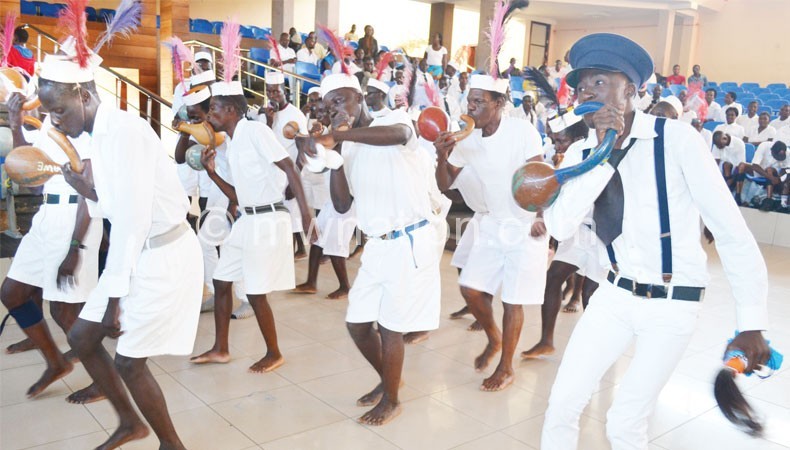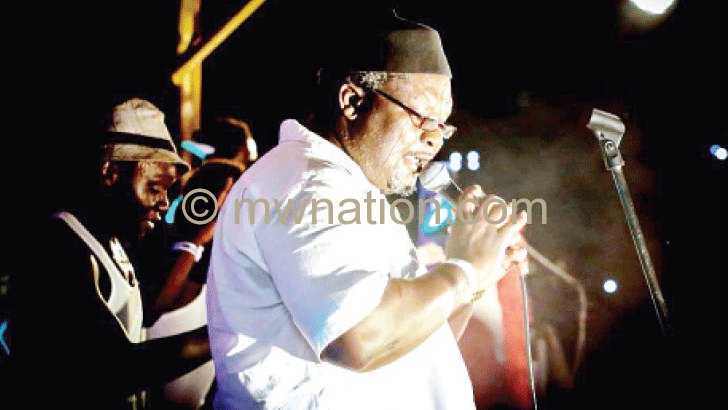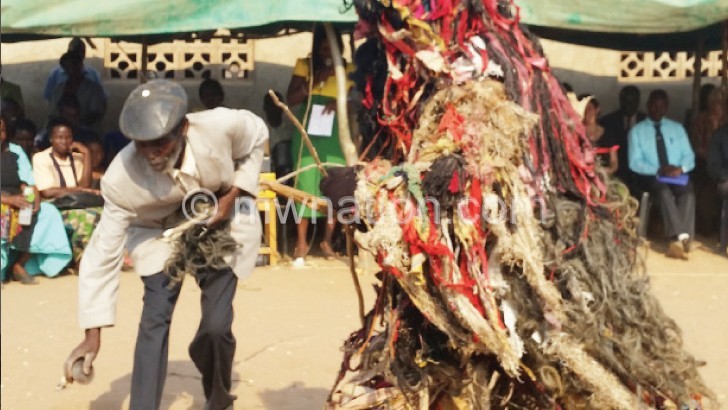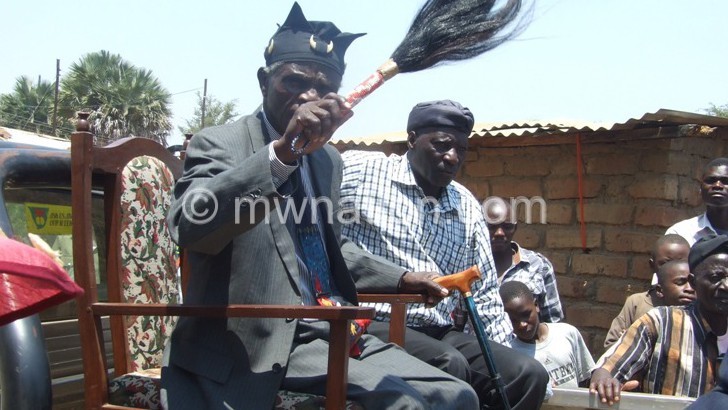The militia called Malipenga

The spectacle of the meticulous rhythmic choreography, the melodious trumpets, the metallic sounds of gongs, the blown whistles and the orchestra side drum, the forceful chants and the white uniform and ostrich feathers make the Malipenga dance unique but there is more to the dance than that.
The dance claims its origins from the military parades introduced in Nyasaland by British officers of the King’s African Rifles from 1914 to 1918. The Tonga and some Tumbuka tribes were recruited into the army to help Britain in a war against Germany. After the war was over, the men were drilled in the art of military dance, parade and art.
It is in plain sight that the dance is manifestation of British Army influence. Starting with the dance routine, costume instruments to the organisation of the dance crew one would not miss the military influence of the dance.
The smartness of the men in the dance troupes in their all white uniforms or with Khaki uniforms with a headgear and an ostrich feather portray the level of discipline instilled in the dancers—like that of soldiers.
There is more evidence of British military influence in the dance from the routine as they portray that of military parades.
The instrumentation of the Malipenga troupe resembles the British military brass orchestra. The brass and saxophones have been replaced with Lipenga a locally made wind instrument. Replicas for the orchestra side drum have also been made from animal skin to make the two manned Mganda drum. The gongs have been replaced with hoes.
More similarities in the dance are evident in the organisation structure of the Malipenga dance troupes. The groups are called Bomas (governments) each area has its own Boma. According to Charles Nkumpha a Malipenga dancer from Nkumpha 3 in Likoma, there are ranks in the organization of the Bomas.
High on the hierarchy of the Boma is the King. He is the organizer of the festivals that happen during the dry season. He is the one who coordinates several organizational elements of the event. His responsibility starts from sending invitations to other Bomas, making sure they find accommodation for the visitors at the hosting Bomas. The King usually does not dance but watches during the festivals.
“If he is youthful, he joins the dance for a short while when it reaches the climax but they do not dance,” says Nkumpha.
The description of the role of the King by Nkumpha has some similarities to the monarchial setup of the British society. With the king/queen not taking having much involvement in the political affairs of the government, it resembles the queen of the United Kingdom.
Next on the rank is a Prime minister is to help the King and bridge the gap between the King and the Boma. Just like the Prime Minister of Britain is involved in politics, in Malipenga he is also a dancer.
Another important rank is the Captain, who is the one who choreographs the routines and make sure there is order in the way the performance is conducted. He is also the leader of the formation in the dance routine of Malipenga as it is with the commander in the British army.
There is a Judge in the Boma who is concerned with resolving the conflicts that arise during either rehearsal or during performance. He is also responsible for disciplining the fellow dancers during the time they rehearse and perform. He even decides penalties for every offence a member commits. The judge also takes part in dancing.
There are two secretaries who take minutes during meetings and handles paperwork to do with the Bomas. The Secretaries are also dancers.
The money that is raised for the festivals and for the Bomas is handled by the Treasurer. The treasurer is also a dancer.
Each Boma decides the name they want to be called by. For example Nkumpha says that their Boma is called Boma la England because it was founded by an English man who was even crowned king of the Boma and raised funds in England hence they called it Boma la England.
“There are many groups such as Boma la College, Boma la Zomba and alike,” says Nkumpha.
He adds that the festivals bring with them a feeling of togetherness as they invite Bomas from other parts and make friends.
“Every person from the hosting Boma is assigned a partner from the visiting Bomas of which he is to feed and take care of the entire weekends of the festivals and in the end the two become friends such that they even exchange letters and visits,” says Nkumpha.
He adds that prior to the festivals, the members of the Bomas, go fishing so that they have enough food to feed the visitors.






The title characterisation on Malipenga as Militia is misplaced and not supported by the arguments in the article. Malipenga’s adoption of military approaches does not qualify it as a militia in any sense of the word. Malipnga is correctly depicted as a “brass band” copy cat. but not militia. Next time choose your characterisations appropriately.